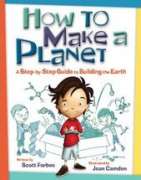
Young readers can follow along as two children perform an experiment in which they create a new planet, replicating in ten steps the exact processes that formed Earth.
Materials from Canada

Young readers can follow along as two children perform an experiment in which they create a new planet, replicating in ten steps the exact processes that formed Earth.
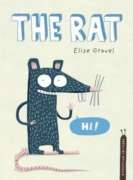
One in a series of humorous books about disgusting creatures, The Rat is a look at the black rat. It covers such topics as the rat’s long, agile tail (it’s good for balancing and picking noses), long teeth (they can chew through anything, including books) and disgusting taste in food (delicious electrical wires in tomato sauce, anyone?). Although silly and off-the-wall, The Rat contains real information that will tie in with curriculum.
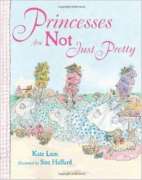
Princesses Mellie, Allie, and Libby are back in another rollicking, royal adventure. When the girls begin to argue about which princess is the prettiest in the land, they decide to hold a contest.
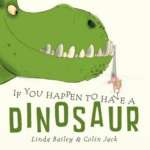
If you happen to have a dinosaur, lying around your living room, and you don’t know what to do with it … why don’t you use it as a can opener?
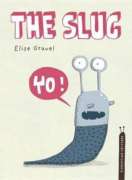
One in a series of humorous books about disgusting creatures, The Slug is a look at the land slug. It covers such topics as the slug’s two pairs of tentacles, one pair for seeing, one pair for smelling (it can see you’re a kid and smell like broccoli), its breathing hole (on the side of its head!), and its pretty gross mucous covering (in order to find a partner, the slug can follow another slug’s mucous trail. True love!). Although silly and off-the-wall, The Slug contains real information that will tie in with curriculum.
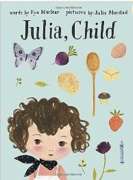
Julia and Simca are two young friends who agree that you can never use too much butter — and that it is best to be a child forever. Sharing a love of cooking and having no wish to turn into big, busy people who worry too much and dawdle too little, they decide to create a feast for growing and staying young. A playful, scrumptious celebration of the joy of eating, the importance of never completely growing up and mastering the art of having a good time, Julia Child is a fictional tale loosely inspired by the life and spirit of the very real Julia Child.
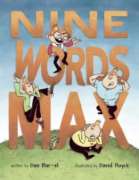
Maximilian is a prince who loves to talk: No topic is too small, no story too boring. Max’s brothers are the opposite–the less said the better. When the king and queen go on a trip and leave the brothers alone, the 3 princes put a spell on Max that limits him to speaking only 9 words at a time. The brothers are delighted: peace and quiet at last! But when a fearsome dignitary arrives, they realize the true value of their brother’s insatiable need for information.

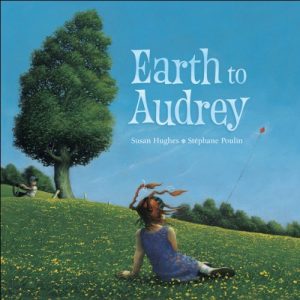 Audrey comes into Ray’s life like an earthbound star. Everything about her is a bit far-out. And she’s always in her own little world. So Ray decides that this unusual girl who has dropped into his neighborhood for the summer must be an alien. As they become friends, Audrey takes Ray on a journey of discovery — one that enables him to see his own planet in a new light. Soon, Ray can’t imagine life on Earth without her. Susan Hughes’ poignant, gently humorous text and Stephane Poulin’s evocative, heartfelt illustrations capture the long childhood summer of discovery in a small town and depict a friendship that changed the lives of two lonely dreamers.
Audrey comes into Ray’s life like an earthbound star. Everything about her is a bit far-out. And she’s always in her own little world. So Ray decides that this unusual girl who has dropped into his neighborhood for the summer must be an alien. As they become friends, Audrey takes Ray on a journey of discovery — one that enables him to see his own planet in a new light. Soon, Ray can’t imagine life on Earth without her. Susan Hughes’ poignant, gently humorous text and Stephane Poulin’s evocative, heartfelt illustrations capture the long childhood summer of discovery in a small town and depict a friendship that changed the lives of two lonely dreamers.
Patsy Small is the youngest in her family. Her brothers and sisters call her “the kindergarten baby” and “the lowly infant”. Then Patsy discovers a unique way to get respect using the model town she’s building.
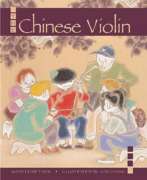
When Lin Lin and her father immigrate to Canada from China, they bring with them one of their most treasured possessions – a traditional Chinese violin. From the beauty of their new country to the uneasiness of not fitting in, this violin sees them through all their experiences, good and bad.